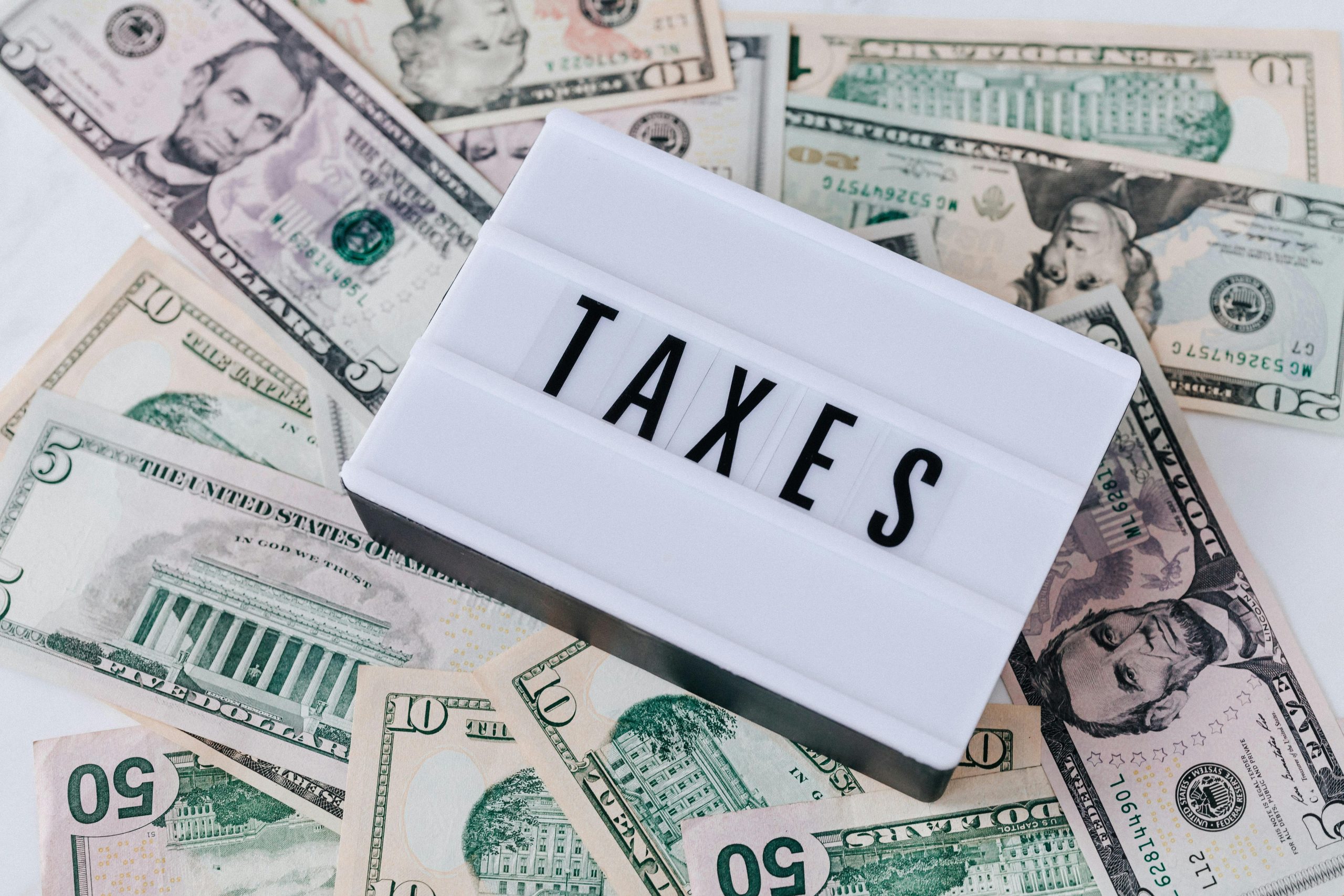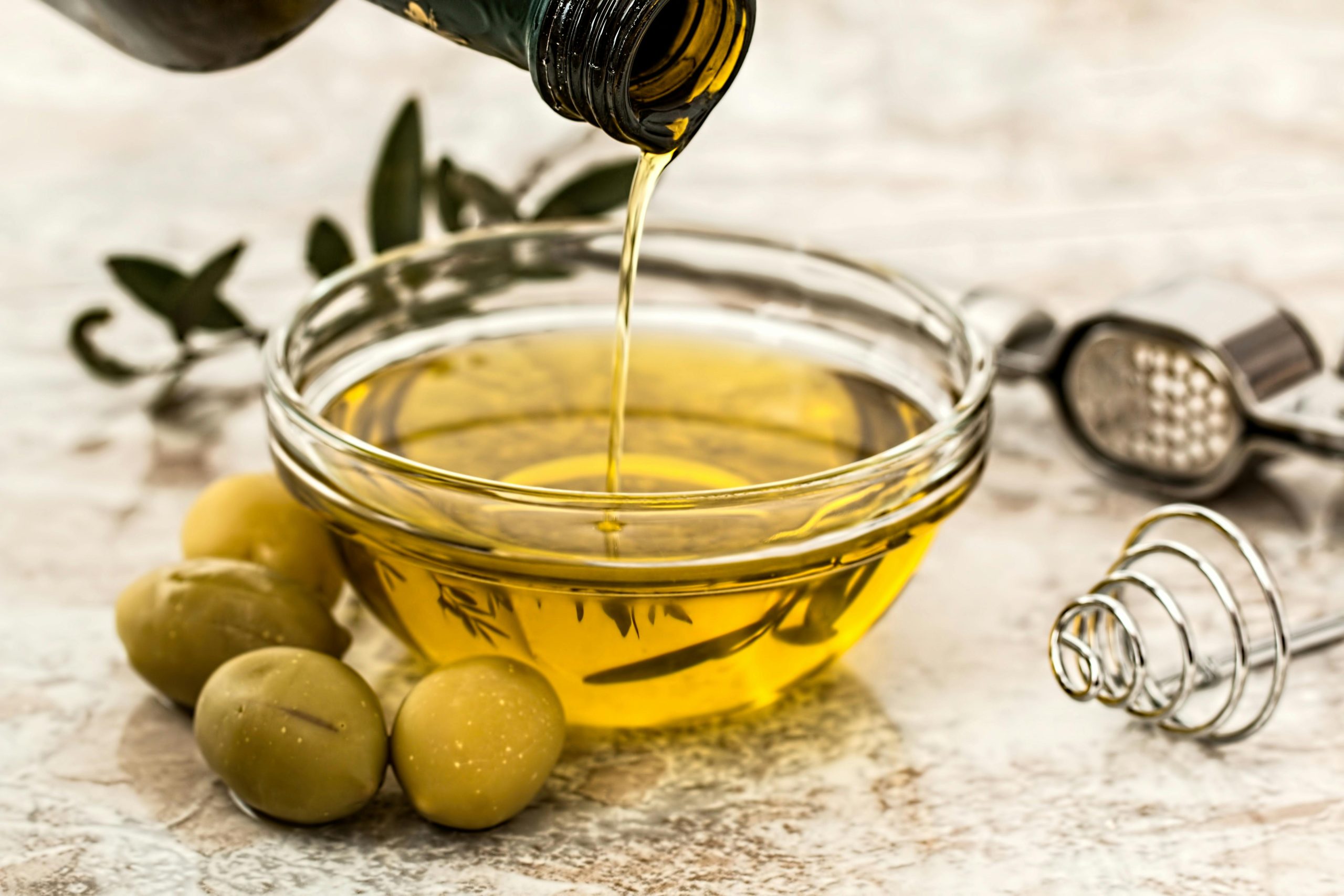Tariffs are taxes placed on imported goods. When imposed, they can have a direct impact on the price and availability of certain items on our grocery store shelves. The United States imports a significant amount of its food, from fresh produce to specialty goods. This makes our food supply susceptible to price increases if new tariffs are enacted on goods from specific countries or regions. While trade policies can change, certain food categories are consistently more vulnerable due to our reliance on international sources. Here are six types of food that are highly vulnerable to import tariffs.

1. Certain Seafood (Especially Shrimp and Farmed Fish)
The U.S. imports the vast majority of the seafood it consumes, with some estimates over 80%. Shrimp is a prime example, with most of it coming from countries in Asia and Latin America. Farmed fish, such as tilapia and some salmon, are also heavily imported. Because we rely so heavily on foreign sources for these popular seafood items, any tariffs placed on them would almost certainly be passed on to consumers in the form of higher prices at both restaurants and grocery stores.
2. Many Fresh Fruits and Vegetables (Especially in Winter)
Our year-round demand for fresh produce is largely met by imports, particularly during the winter months when domestic production is low. The U.S. imports huge quantities of tomatoes, peppers, cucumbers, avocados, limes, and berries from Mexico and other Central and South American countries. Tariffs on these goods would significantly increase the cost of fresh produce, especially during seasons when the domestic supply is scarce. This would directly impact the price of a healthy diet.
3. Olive Oil

High-quality extra virgin olive oil is a staple in many kitchens. The vast majority of it is imported from European countries, primarily Spain, Italy, and Greece. The U.S. does have a domestic olive oil industry, but it’s small compared to our total consumption. Therefore, tariffs on European olive oil would have a major impact on shelf prices. Consumers would face higher costs for this healthy fat, which is a key component of the Mediterranean diet.
4. Specialty Cheeses from Europe
The artisanal cheese case at the supermarket is filled with imports. Famous cheeses like Parmigiano-Reggiano, Gruyère, Roquefort, and many high-quality bries and goudas are imported from their countries of origin in Europe. These specialty cheeses are considered luxury goods and are prime targets for trade disputes and tariffs. Tariffs would make these popular gourmet items significantly more expensive for American consumers, impacting delis, restaurants, and home cooks.
5. Many Wines and Spirits
The U.S. is a major importer of wine and spirits from around the world. Wines from France, Italy, and Spain, Scotch whisky from Scotland, and tequila from Mexico are all staples for American consumers. These products are frequently included in trade disputes and are highly vulnerable to retaliatory tariffs. New tariffs on these alcoholic beverages would lead to immediate price increases at liquor stores and restaurants across the country.
6. Coffee and Cocoa Beans
Coffee and cocoa (for chocolate) are two beloved commodities that cannot be grown at scale in the continental United States due to climate limitations. We rely entirely on imports from countries in the “Bean Belt” near the equator, such as Brazil, Colombia, Vietnam (for coffee), and Ivory Coast and Ghana (for cocoa). While tariffs on raw commodities are sometimes handled differently, any trade policy that increases the cost of importing these essential beans would inevitably lead to higher prices for your morning coffee and your favorite chocolate bar.
The Global Nature of Our Grocery Aisles
A walk through any major supermarket reveals how truly global our food supply has become. We rely on imports for everything from out-of-season produce and tropical commodities to gourmet specialties and everyday staples like seafood. This global system provides an incredible variety and year-round availability. However, it also makes our grocery bills vulnerable to changes in international trade policies. Tariffs on these key imported food categories would almost certainly lead to higher prices for American consumers, highlighting the delicate connection between global trade and the cost of our daily meals.
Which imported foods are most essential to your household? How concerned are you about the potential impact of tariffs on your grocery bill? Share your thoughts on our global food supply.
Read More
5 Food Staples That Could Be Taxed in 2025
Should Junk Food Be Taxed Higher? Here’s What New Proposals Say
The post 6 Types of Food Highly Vulnerable to Import Tariffs appeared first on Grocery Coupon Guide.







